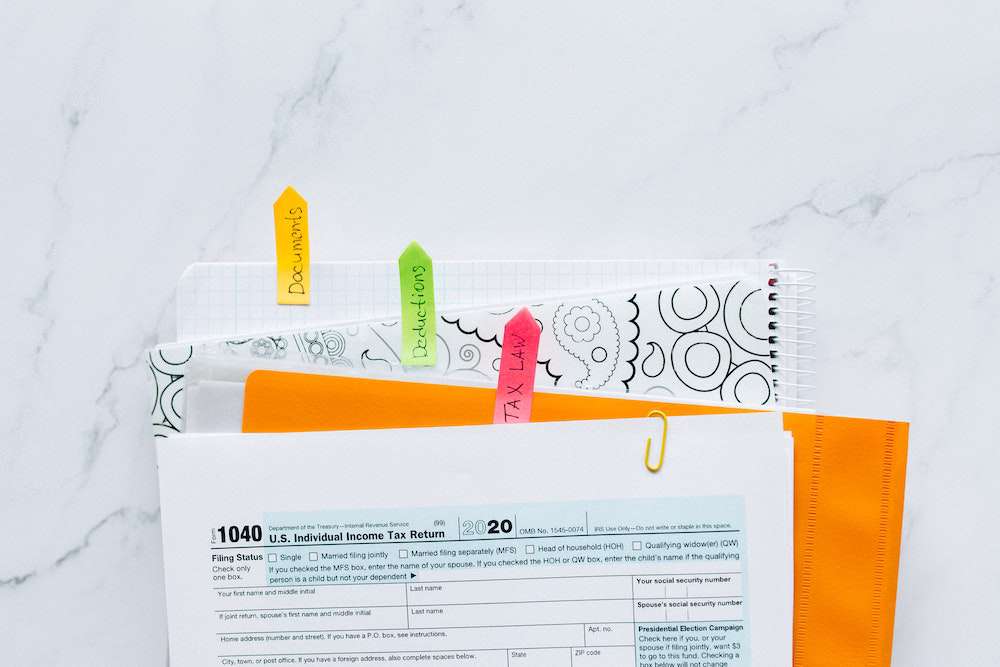Calculating Customer Acquisition Cost To Maximize Your ROI

Ivory, an entrepreneur from Charlotte, NC, sent us this question:
I recently started seeking out investors for my small business, and I think I’ve found a potential partner! However, they asked me to calculate my customer acquisition cost, and I’m not really sure how to do that. I did some research and came across various methods for getting this number, but I have no idea which method to use.
What is the customer acquisition cost formula for a small business?
Hey, Ivory. That’s a really great question, and it’s something every founder and CEO should know how to do. For those who aren’t aware, customer acquisition cost is the cost of winning a customer to purchase a product or service.
After calculating this for your business by channel (social media, direct mail, radio, SEO, email, etc.), you’ll be able to determine exactly where to allocate your marketing dollars and, subsequently, your team’s focus.
Here’s our advice:
Let’s say you’re looking to calculate your customer acquisition cost for social media. First, write down this simple formula.

And now, let’s break it down even further.
Sales & Marketing Cost:
This number includes all of your paid ads, subscription fees for marketing software and tools, agency fees, and payroll costs for marketing teams actively working on customer acquisition through social media.
For example: If posting on Instagram has driven a ton of traffic recently, how much were you paying your team members to post during the time you’re evaluating? If you were posting yourself, consider how much you would have to pay someone else when you’re no longer able to take on that task.
*Remember: This is just the cost to acquire a customer. It’s not the cost to fulfill an order, nor is it the gross profit you make on every purchase. Leave out things like your inventory costs when coming up with this number.
Number Of New Customers:
This number should be pretty straightforward: How many new customers have you gained from your social media efforts?
Divide those two numbers, and you’ve got your customer acquisition cost for social media. Now, continue the process for the other marketing arenas you’ve been investing in. Once you’ve got a customer acquisition cost for each of your marketing channels, you can add them all up to find your aggregate cost per acquisition.
Make sense? Numbers can seem daunting — we totally get that. But using this conversion cost formula will help you determine where to increase your marketing spend to get the greatest ROI (Return On Investment) and where to either decrease or even eliminate marketing spend. Going through this process every quarter will give you an overarching picture of what’s working for your small business and what isn’t.
And guess what — Ivory isn’t the only entrepreneur wondering about this topic.

Here are some of the top sites they visited to get answers:
- Customer Acquisition Cost Calculator
- How to Calculate Customer Acquisition Cost by Industry
- How to Slash Your Customer Acquisition Cost
When it comes to learning more about your customer and how much it’ll cost you to reel them in, there are a handful of fundamentals you need to understand.
- Get to know your target customers and their needs. Our Basics of Customer Discovery training walks you through the fundamentals of who to talk to, what questions to ask, and how to turn their answers into actionable steps.
- For a deeper dive into customer discovery — and how it can save your business during a pandemic — check out these 5 tips from Laura Smailesof UNCC’s entrepreneur support organization, Ventureprise.
- Then, make sure you’re resonating with your target audience by making sure your message is Clear, Concise, Compelling, and Consistent. Here’s a great podcast on The 4 Cs of Brilliant Brandingto get you started.
Share this Question!
Want to write an article for our website? Learn more and submit a guest blog here.


